The Google Pixel 4 is the US company’s high-end smartphone for 2019, featuring a 5.7-inch P-OLED display and a Qualcomm Snapdragon 855 premium chipset. For the main camera, it’s the first Pixel device to come with a dual-camera setup with 2x tele-lens. However, at the front there is now only a single camera while the predecessor Pixel 3 offered a dual front camera, letting users switch between single and group selfie mode. The 22mm-equivalent field of view should work well for most selfie uses cases, though, and the front cam can make use of many of the same image processing software tricks as the main camera. Let’s see how the Pixel 4 front camera stacks up against the competition in our DXOMARK Selfie test.
Key front camera specifications:
- 8Mp sensor
- 22mm-equivalent, f/2.0-aperture, fixed-focus lens
- 1080p/30fps video
About DXOMARK Selfie tests: For scoring and analysis in our smartphone front camera reviews, DXOMARK engineers capture and evaluate over 1500 test images and more than 2 hours of video both in controlled lab environments and in natural indoor and outdoor scenes, using the camera’s default settings. This article is designed to highlight the most important results of our testing. For more information about the DXOMARK Selfie test protocol, click here.
Test summary


With an overall DXOMARK Selfie score of 92, the Google Pixel 4 achieves the same overall result as its predecessor Pixel 3, despite having only one lens in the front. The Photo score is slightly lower (93 vs. 99 on the Pixel 3), but the new model has been able to improve its video output (91 vs. 83). Overall, however, it cannot quite match the best in class, but the Pixel 4 is capable of capturing selfie images with excellent exposure, wide dynamic range and pleasant colors in most situation. Its main drawbacks are low levels of detail at close shooting distances and visible shadow noise in all conditions, even bright light.
Exposure on the Pixel 4 is generally very good in all light conditions, even down to low light, and the camera is capable of recording a wide dynamic range, capturing good highlight and shadow detail, even in difficult high-contrast scenes. We did observe some slight exposure instabilities, however.
The Pixel 4 also does well for color, thanks to overall good color rendering and accurate white balance in the lab as well as in real-life scenes. When shooting under typical indoor lighting we have occasionally observed a green cast, however, and outdoor images can sometimes display slightly cool or pinkish casts, such as in the test scene below.
The Pixel 4 comes with a fixed-focus lens that offers a wide depth of field but has a slightly limited focus range. The latter means that in selfie shots captured at close distance (30 cm), images are slightly soft. However, sharpness is good at a typical arm’s-length shooting distance of 55cm and remains good at selfie-stick shooting distance (120cm), where many other devices struggle.
Another plus is that thanks to the wide depth of field in group shots, even subjects at the back are rendered sharp.
The Pixel 4’s texture score suffers slightly from the lack of focus at close shooting distances, but when the subject is in focus, the camera is capable of capturing good detail even under indoor lighting. A loss of fine detail is noticeable in low light, but it’s not worse than most competitors.
Image noise is generally pretty well-controlled but can be visible in shadow areas in the frame in all lighting conditions, even in very bright outdoor conditions.
Artifacts are generally not too intrusive in Pixel 4 front camera images, but we deducted some points for a loss of sharpness in the corners, ringing, and chromatic aberrations. We also observed some unusual instabilities in the camera’s anamorphosis (face deformation) correction, which can make faces and shoulders look unnaturally wide, as you can see in the example below. The correction did a better job, with a more natural result, in the image on the left than the one on the right.
When ambient light levels are too low, the Pixel 4 can crank up the brightness of its display to illuminate the subject. This works fairly well and target exposure on the subject tends to be good. However, a loss of detail and coarse noise on both the subject and in the background are noticeable when shooting in complete darkness or in low ambient light alike. There is also a strong light fall-off towards the edges of the frame at 0 lux.
In terms of bokeh mode, the loss of the secondary front camera has not had any big negative impact on the Pixel 4’s performance compared to the Pixel 3. In fact, the overall results are slightly better than on the dual-front camera Pixel 3 but not quite as good as recent Samsung devices. Depth estimation artifacts are visible in all light conditions and blur strength does not change with the distance from the camera, making for a slightly unnatural effect. This is the same foe the Pixel 3 but the latest Samsungs apply a blur gradient to bokeh simulation images. The contrast of background spotlights is still low but has been improved over the Pixel 3 and the difference in noise level between background and foreground has been reduced on the new model as well.
While the Pixel 4’s Photo score is a little lower than the Pixel 3’s, mainly due to the removal of the secondary front camera, its Video score made quite a significant jump from 83 to 91 points, placing the Pixel 4 among the best cameras for selfie video recording. Stabilization is where the Pixel 4 really shines, delivering the best performance of all devices tested so far, but it does well in most other areas, too.
Target exposure is generally good on faces in the frame in all conditions, but unlike some competitors, the Google phone does not feature HDR processing for video on the front camera, which means that some clipping might be visible in bright parts of the frame in high-contrast scenes. Our testers also observed some occasional exposure instabilities in video mode. Color rendering is pleasant and white balance tends to be accurate for video as well, and overall, the Pixel 4’s video Color score is among the very best.
Thanks to its wide depth of field, the Google device also achieves a good score for Focus. As with still images, subjects can be slightly out of focus when shooting at close distance, but this is less noticeable at the lower 1080p video resolution than for 8Mp still images. In addition, the texture/noise trade-off is good, with decent detail in most conditions and well-controlled noise levels.
As we mentioned above, the Pixel 4 comes with the best stabilization system we have seen thus far on a smartphone front camera. It’s the first front camera that uses a combination of face and background stabilization. The camera determines the ratio between the two by the area of the frame that is covered by the face (more background stabilization when the face is small in the frame, more face stabilization when the face is large). Competing devices do either one or the other, but cannot combine the two methods. As a result, the Pixel 4 records smooth and shake-free video in most situations, whether you’re close to the camera or holding it further away to capture some of the background.
Conclusion
The Google Pixel 4 front camera cannot set any new records, but it is capable of capturing nice selfies with good exposure, wide dynamic range, and pleasant colors in most conditions. Due to Google’s decision to go with a single-cam setup on the Pixel 4, bokeh mode is not quite as good as on the Pixel 3, with noticeably more depth estimation artifacts. We also noticed quite a lot of image noise in the shadow areas of our sample images, but other than that, the Pixel 4 puts in a solid still image performance across all test categories. It takes things up a notch for video and achieves one of the best scores so far, thanks in no small part to an outstanding stabilization system that ensures smooth and stable video clips in almost all recording situations. Overall, the Pixel 4 front camera is a solid all-rounder that should have special appeal to selfie video shooters.
Photo
Pros
- Good color and natural skin tones
- Wide dynamic range in bright light
- Wide depth of field
- Generally good target exposure
Cons
- Some loss of detail on faces in all conditions
- Coarse luminance noise, especially under indoor and low light
- Slight white balance casts in most conditions
- High noise levels and strong vignetting when shooting with flash
- Depth estimation errors in bokeh mode
Video
Pros
- Very effective video stabilization
- Wide depth of field
- Good level of detail
- Generally accurate target exposure on faces
Cons
- Cyan shift in blue skies
- Subject slightly out of focus at 30cm recording distance
- Some occasional exposure instabilities
- Sometimes underexposed faces in high-contrast scenes



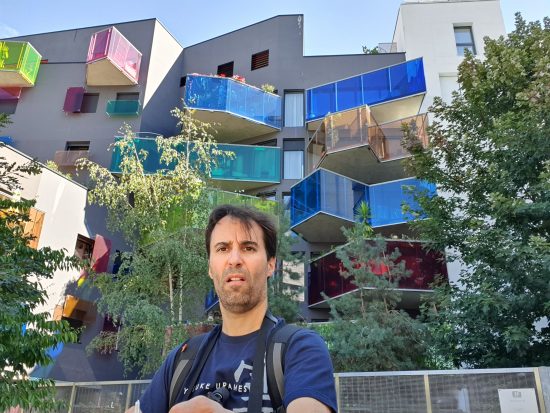
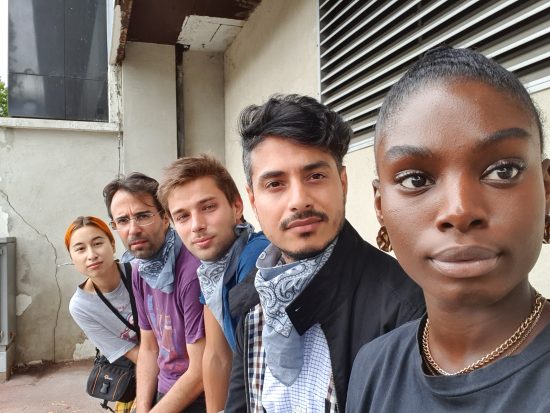

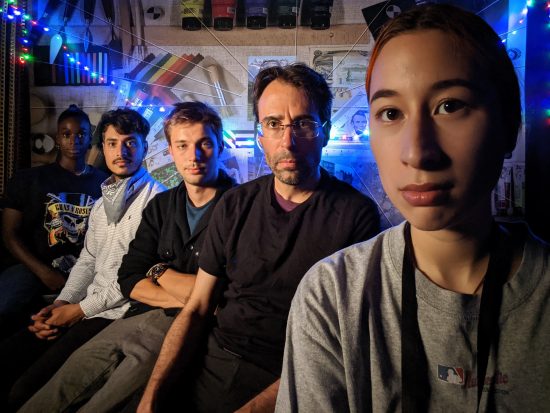
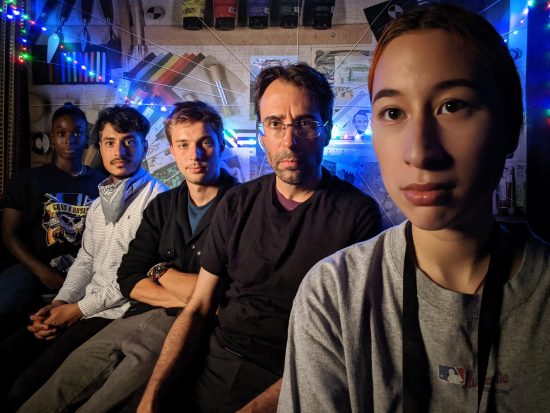

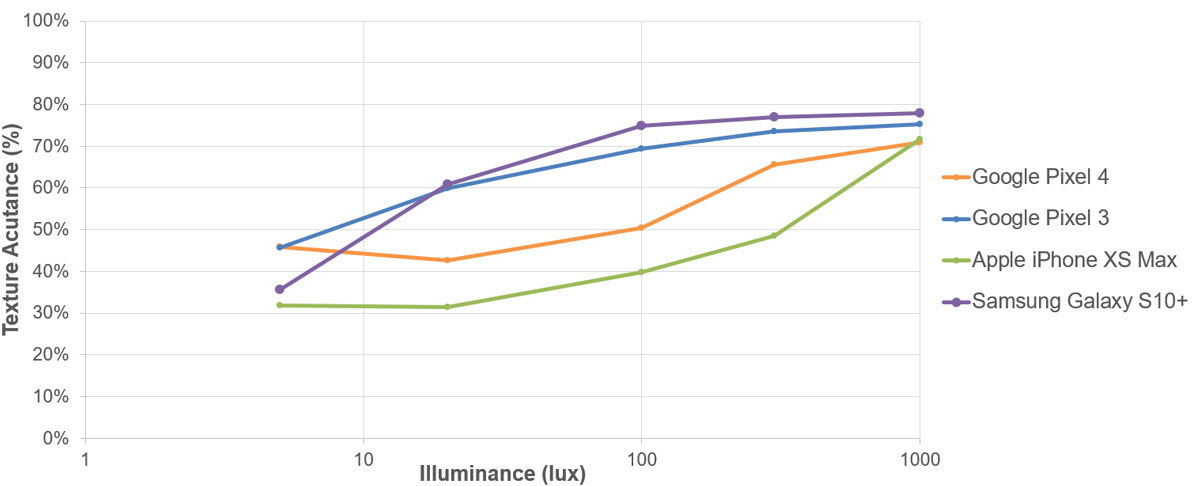
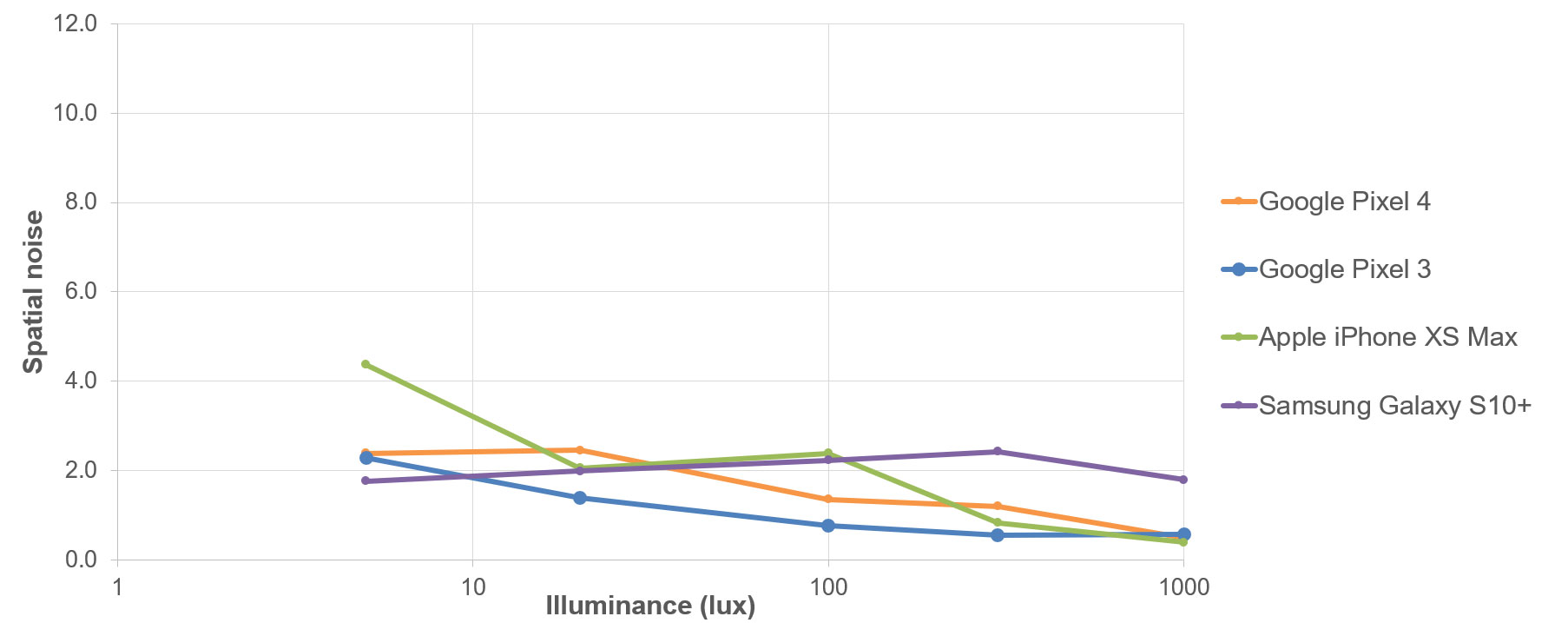
DXOMARK encourages its readers to share comments on the articles. To read or post comments, Disqus cookies are required. Change your Cookies Preferences and read more about our Comment Policy.